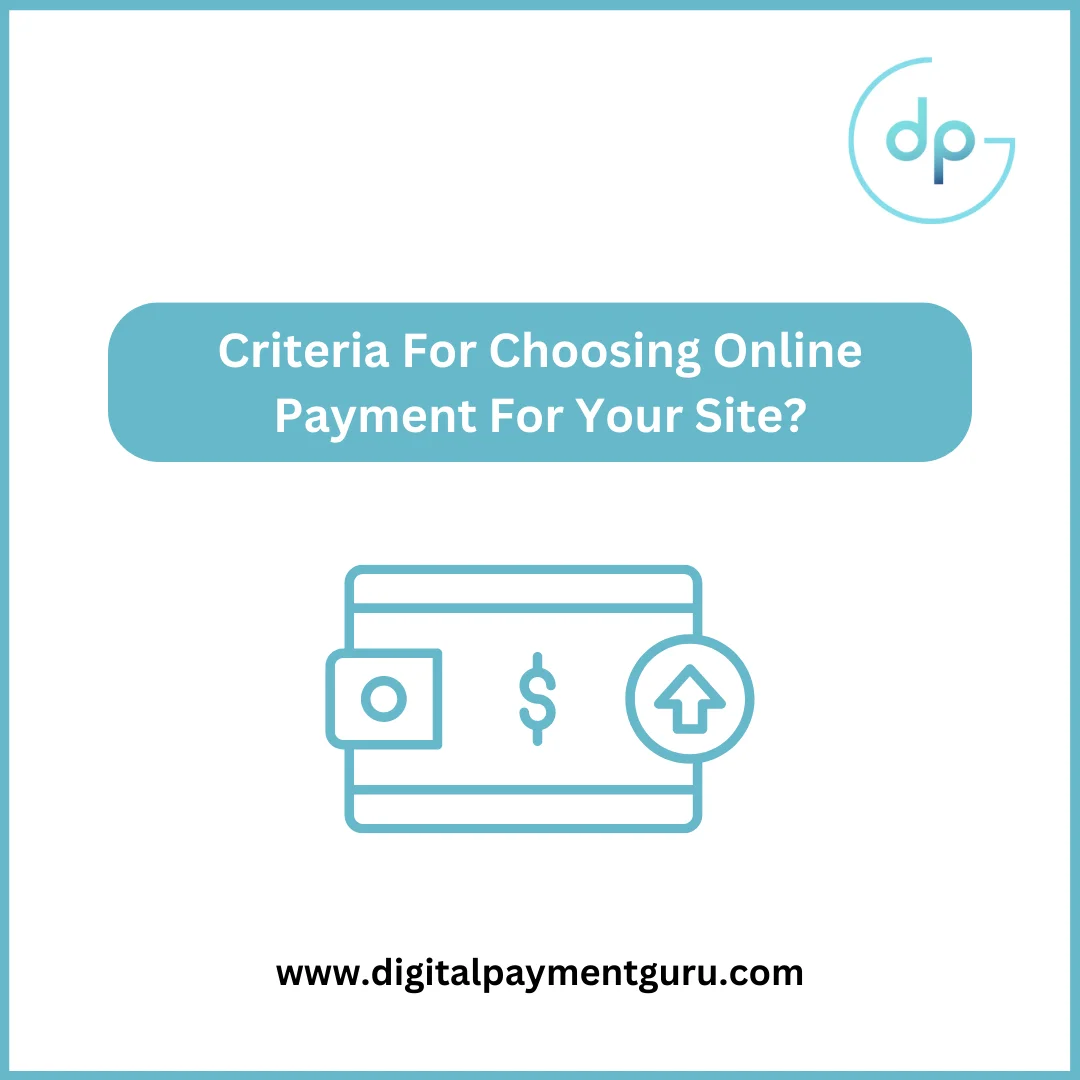When you create an online store, you need a payment method so that your customers can pay you. With so many options available, how do you choose and find the one that meets your needs?
Before reviewing all the online payment solutions, let’s review the basics.
What Is An Online Payment Solution?
In simple terms, an online payment service allows you to:
- Encrypt and send all data involved in the transaction.
- Check and confirm that the card/payment option is authorized.
- Once everything is encrypted and authorized, it then ensures that the transaction is processed and cleared.
Money management is a sensitive subject, what are the criteria to take into account before choosing a payment service for your store?
What Are The Criteria For A Good Payment Method?
Security
When it comes to conducting online transactions, security is always the number one priority for users. To ensure that your payment provider is secure, always check that they are PCI compliant.
All payment solutions mentioned here are compliant and have additional security measures.
The Simplicity Of Payment
Another very important factor to consider is the ease of use. 1 in 4 people abandon an order because of a “too long/complicated ordering process”.
The checkout process is a very important section of your website that you can customize to dramatically increase conversions. By reducing the number of clicks needed to buy a product, you optimize the user experience during the payment phase, which reduces the cart abandonment rate.
Payment Methods
Each customer has their online payment preferences. And each country has its preferred payment methods.
The more people can pay you, the better. The number of payment options offered on your site is also an important point.
Interestingly, e-wallets are gaining popularity and cards are losing popularity as online payment methods. Something to consider before making your choice.
Transaction Fees
Transaction fees are also important to consider. To be competitive, some payment providers offer volume discounts and different rates for micropayments.


